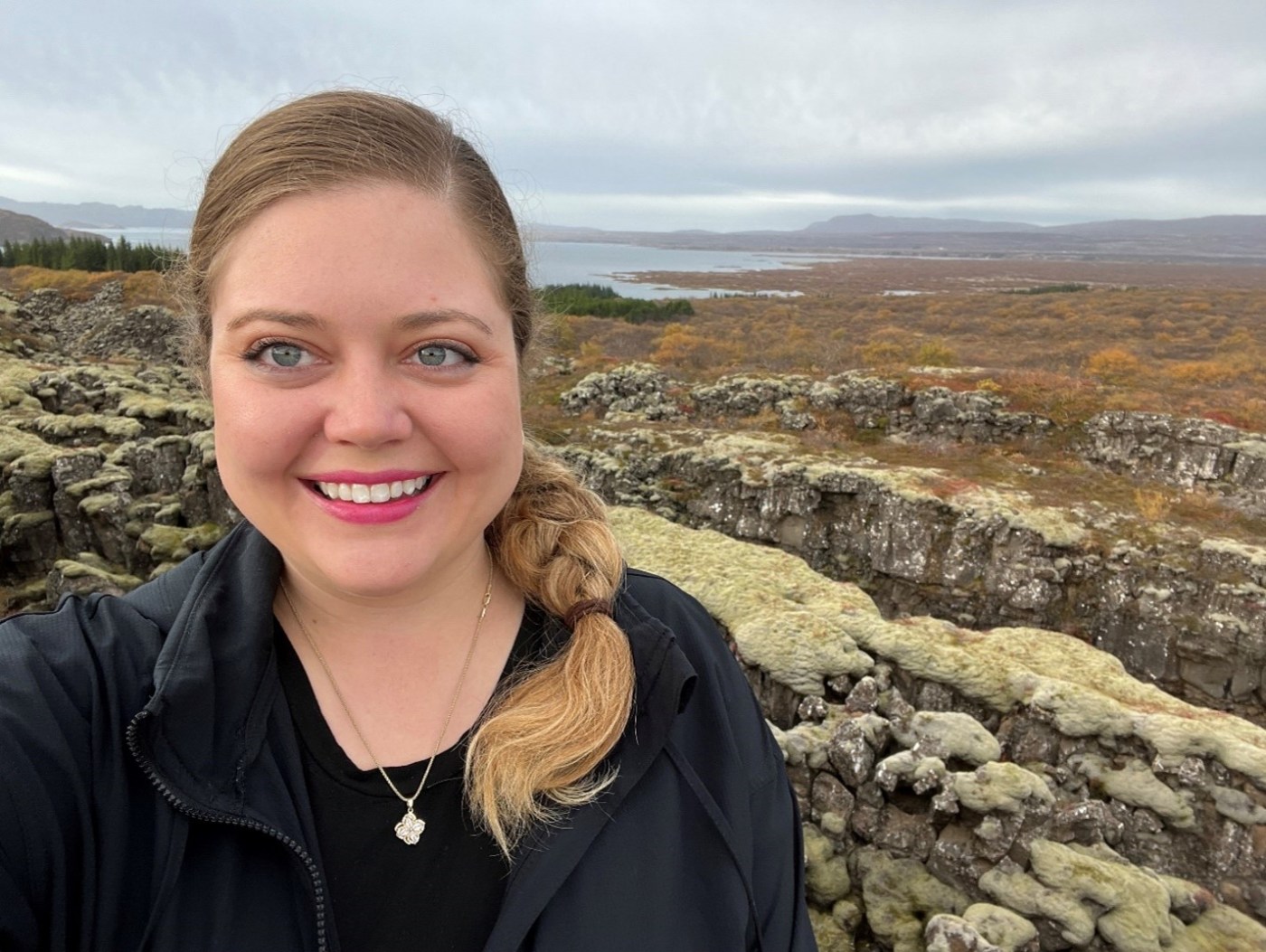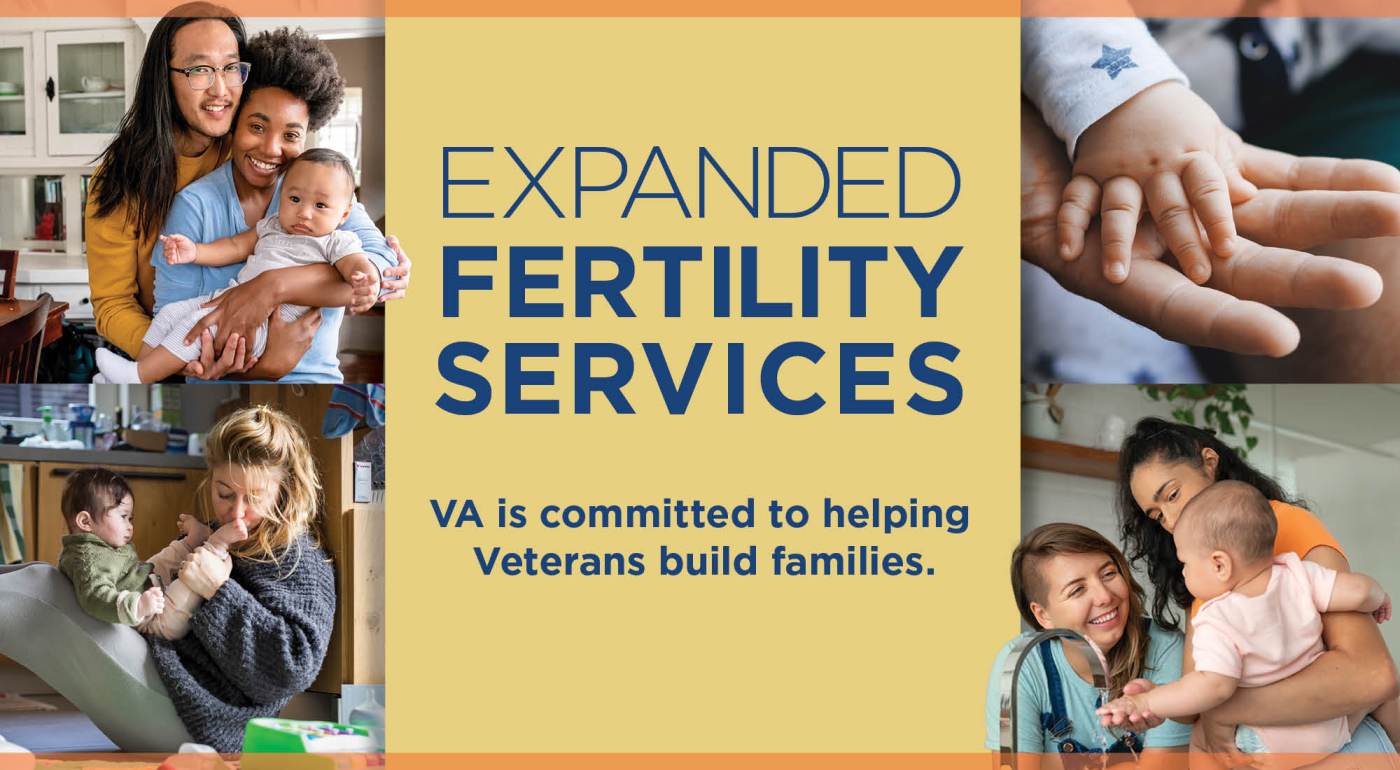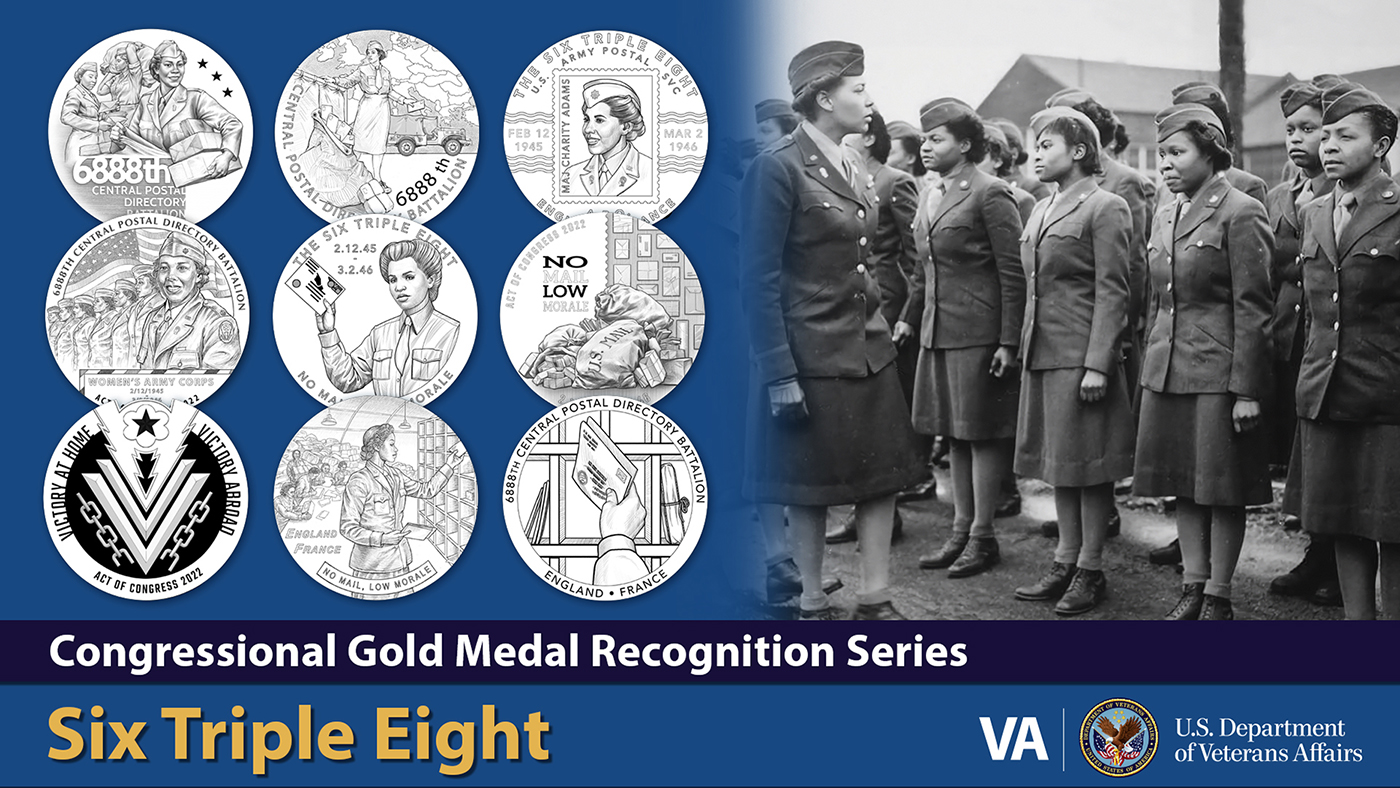Elizabeth Kent first became interested in military service in 2009 after connecting with a Naval Academy recruiter at her high school. One year later, on July 1, 2010, she attended Induction Day, launching her 12-year military career journey. Due to her strong interest in the Asian geopolitical climate, she was excited for her first position in Japan, where she spent most of her military service. After her time in Japan, she returned to the United States and took a role as the administration chief for the Naval Information Warfare Training Group in San Diego, California, before separating from the Navy in September 2022.
Veterans Affairs (VA) Women’s Health Reengagement Training (heaRT)
VA Women’s heaRT informs women Veterans about available health care services at VA and aims to create a safe space for women Veterans to connect with other women Veterans to share their stories and experience. VA also offers the Women’s Health Transition Training Program (WHTT) as part of the Transition Assistance Program (TAP) for women Veterans that are transitioning from the military.
Kent first heard about VA Women’s heaRT from her female leader, who was in the process of her own military separation. Her leader emphasized the importance of knowing what women-centric VA health care options are available when transitioning. Prior to attending VA Women’s heaRT, her leader “had no idea that VA offered all these health care services to women Veterans.” She told Kent that “When the time comes for your separation, you should really attend this training, too.” This advice stuck with her, so shortly after making the decision to separate, she proactively signed up for VA Women’s heaRT.
“It helps me feel supported to know that there are programs out there to make sure that diversity and inclusion is part of the VA health care system,” Kent said.
When the day of the virtual training came, Kent conveniently joined from the comfort of her own home. In the span of only a few hours, she learned about the various women’s health care services offered by VA. Most notable, though, was the possibility of having women-only medical providers and the increasing number of VA medical facilities with women-only waiting rooms.
“I can tell that VA is making a concerted effort [to increase health care services] for women Veterans, the Women’s heaRT being one example. I am very glad I attended the training, and I also recommended it to my friends and other women Veterans,” she said.
Kent described the Women’s heaRT atmosphere as very supportive, in large part due to the two training facilitators who were both very receptive and compassionate toward their stories and situations. She explained that there was dedicated time after the training session to speak with the training facilitators about personal questions. She also explained how the training facilitators “were super helpful and knowledgeable about the health care services available at VA as well as VA policies and practices.”
Enrollment and utilization of VA health care services
During VA Women’s heaRT program, Kent learned about the Benefits Delivery at Discharge (BDD) program, which allows service members to submit a claim for VA disability compensation between 180 and 90 days prior to separation. This program rapidly sped up her enrollment process, getting her a decision within six weeks post-separation. Since attending VA Women’s heaRT, she has successfully enrolled in VA health care.
To date, Kent has utilized her VA health care benefits for annual physical, dentist and ENT (ear, nose and throat) appointments in Wisconsin. On her first visit to a VA medical facility for her annual physical, she was positively surprised by the numerous parking spaces and the building’s elegant brick façade. Once inside the facility, she was impressed by the quality of care, a timely intake, and the medical provider taking the time to answer all her most pertinent questions.
“When I went to get my annual physical, I was 2 or 3 minutes behind and the staff at the front desk told me ‘No problem for your first day, but we value patients being on time here’. I was used to waiting 20 to 30 min, so that was a total mental shift for me,” she said.
Kent also had a good experience when it came time for her dental appointment. Although the dental cleaning appointments at her VA medical facility were booked out several months in advance, she was placed on the waitlist in case an appointment time became available sooner. She received an appointment only four days later. While at her appointment, her dental hygienist prescribed her prescription toothpaste, which was mailed directly to her home only two days later.
Overall, Kent recommends other women Veterans make use of their VA health care benefits. “This is something we earned and deserve,” she added. “The only way to ensure that things keep getting better for women Veterans is to be part of it. There has been an effort to ensure women Veterans receive great care and if we want to keep that going, we need to participate in it.”
Are you interested in attending VA Women’s heaRT to find out more about health care services for women Veterans available at VA?
Topics in this story
More Stories
Thinking about building a family or exploring fertility treatments? VA can support you with a wide range of services.
Report examines the input of over 7,000 women Veterans: They are happier with VA health care than ever before.
The 6888th Central Postal Directory Battalion was awarded the Congressional Gold Medal in 2022, the highest civilian honor bestowed by the United States Congress. This prestigious award recognized the unit's outstanding service and the lasting impact it had on the military and society as a whole.






